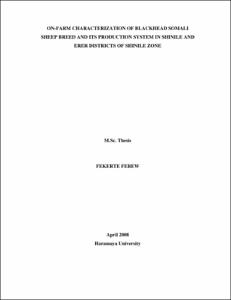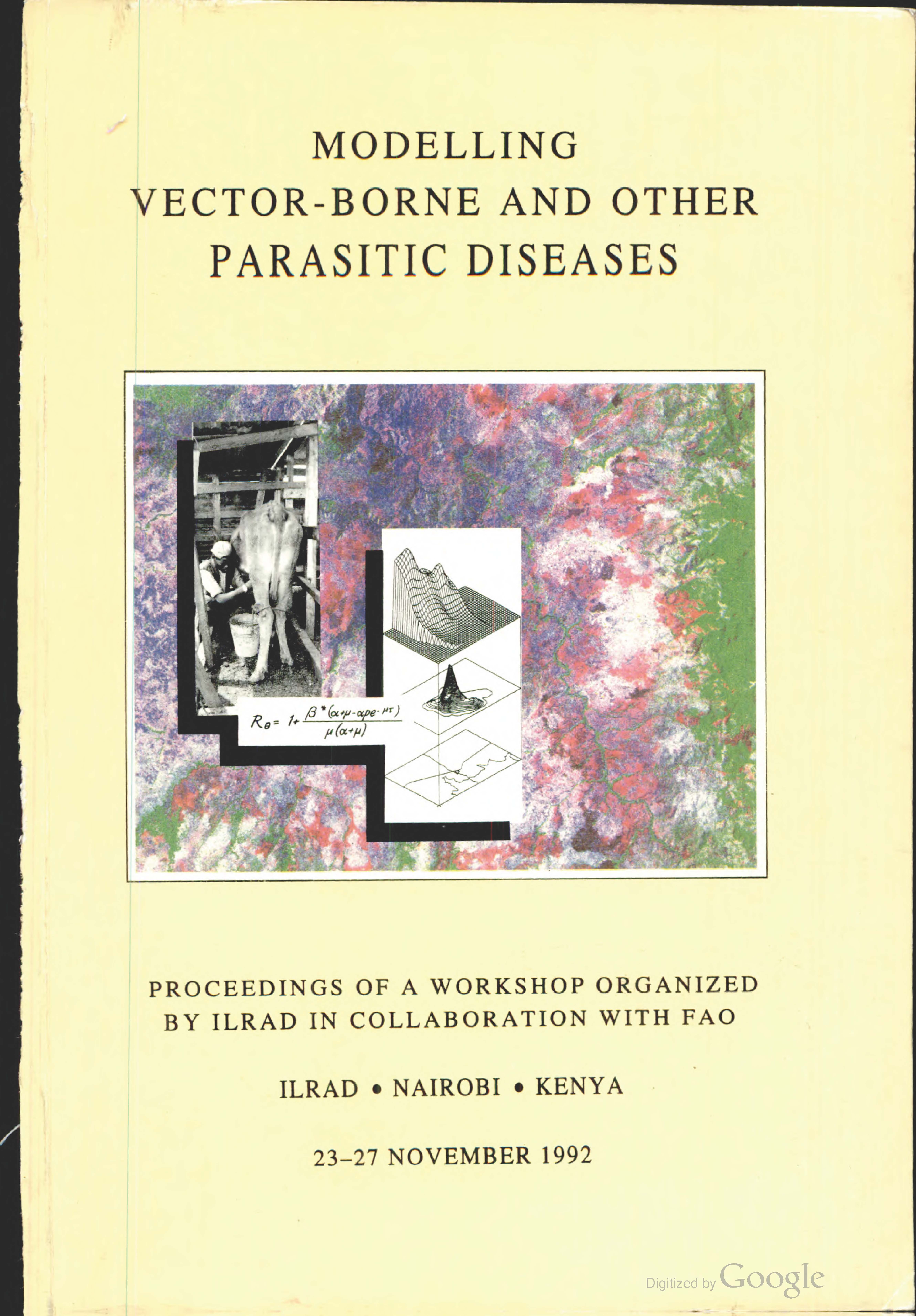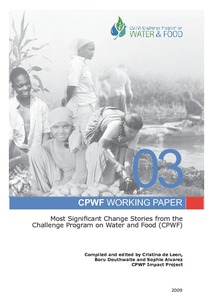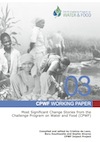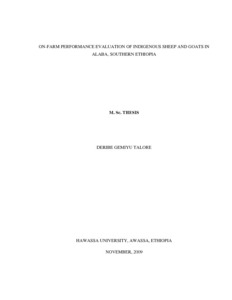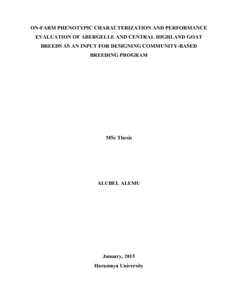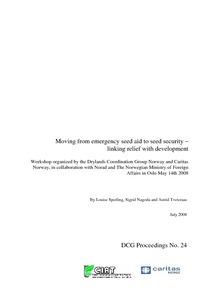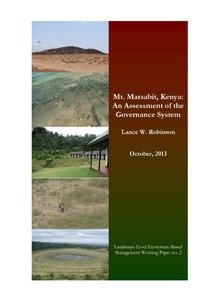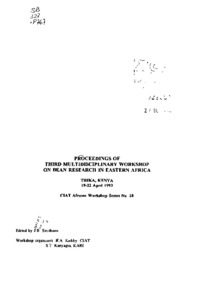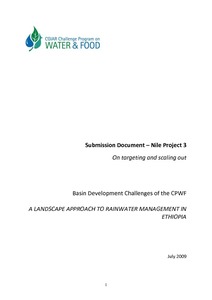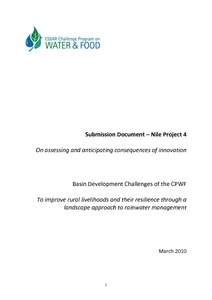On-farm characterization of blackhead Somali sheep breed and its production system in Shinile and Erer Districts of Shinile Zone
The study was carried out in Shinile and Erer districts of Shinile Zone of the Somali National Regional State. The objectives of the study were: to characterize the production system and phenotypic characteristics of the Blackhead Somali; to evaluate on-farm survivability/ mortality of Blackhead Somali lambs during pre- weaning period and to determine the best fitted regression model for prediction of live weight of Blackhead Somali sheep breed based on body measurements under field conditions.

